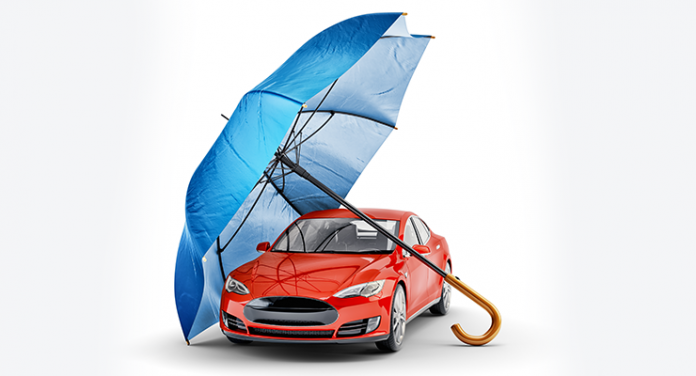Automotive Insurance is an important factor to consider when looking at car insurance. Auto insurance companies provide different levels of coverage for their customers, depending on their level of risk as drivers and the vehicle. In many countries, the minimum level of coverage required by law is liability coverage.
Liability coverage will only pay for damage that you cause to someone else’s property or that you damage in an accident. However, at times one is required to purchase more than liability coverage. They also usually have a limit on the amount of damages; your policy will cover in the case of an accident. A good way to estimate how much coverage you need for your motor vehicle insurance is to contact your agent. An experienced agent will be able to give you an accurate estimate of what your policy will pay for in the event of an accident.
Additionally, it is crucial that you purchase additional insurance coverage, such as collision and comprehensive coverage, if you want to protect yourself from high costs associated with an automobile accident. In the event where, the other party’s insurance company offers no injury coverage or limited medical benefits, you should consider purchasing additional automotive insurance to cover these costs.
Automotive insurance is a good idea whether you are required to carry full liability insurance or not. It is a requirement for every road worthy car to have adequate medical and collision coverage in the case of an accident, regardless of whether the accident is your fault. These requirements will increase in upcoming years as more vehicles are on the road.
Liability coverage comes in many different forms, including bodily injury liability coverage, property damage liability coverage, and no-fault coverage. Bodily injury liability coverage pays medical expenses resulting from an automobile accident, while property damage liability coverage pays for damages to another person’s property. No-fault coverage is just the bare minimum that requires drivers to purchase. It pays the other driver’s legal expenses and any other costs not covered by your insurance company.
Each type of insurance serves different purposes, and your choice of coverage will depend on your driving history, the value of your car, and the amount of available discounts. Every insurance policy has a minimum required level of liability coverage, but most insurers require more than that. For instance, a no-fault state may require that you purchase at least bodily injury liability coverage, and you may also need to purchase collision coverage if you are at fault in a certain accident.





